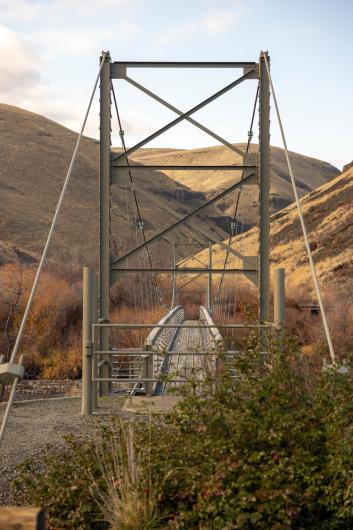Related Stories
- Agua Fria National Monument: A desert oasis with a rich history and a vital present
- BLM delivers on administration priorities
- Families “bug out” at Meadowood’s night of nature and discovery
- Improving recreational experiences in the Worland Field Office with volunteers
- BLM Eastern States enhances campsites on Black Duck Lake
Office
1103 N. Fancher Road
Spokane Valley, WA 99212
United States
Phone:
Email:



